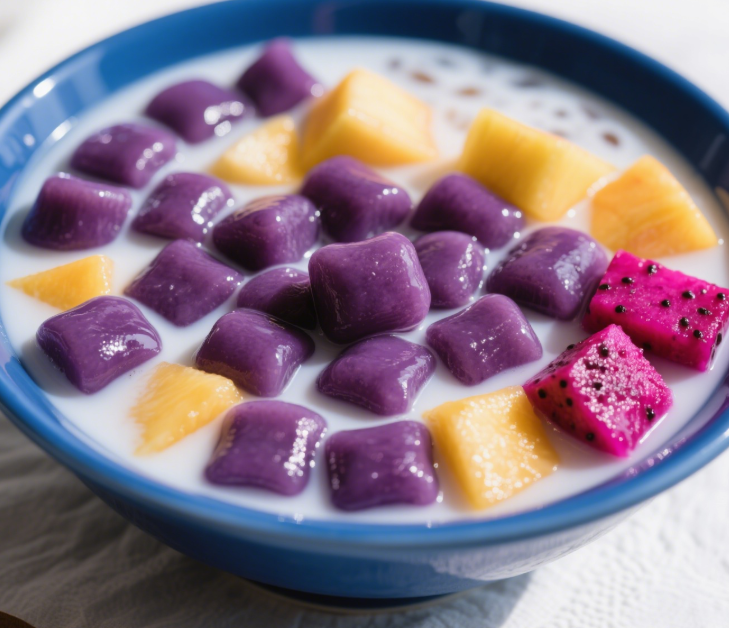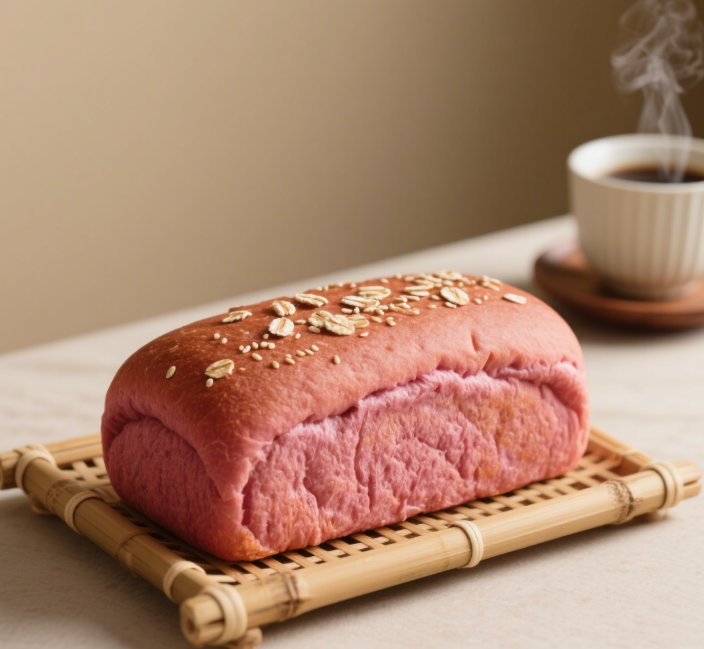What Is Purple Sweet Potato Colorant Made From?
Purple sweet potato colorant is derived from the vibrant, purple-fleshed variety of sweet potatoes (Ipomoea batatas), which naturally contain high levels of anthocyanins — plant-based pigments responsible for the rich purple to violet hues. These anthocyanins are extracted using water or ethanol-based methods to produce a concentrated natural colorant suitable for food and beverage applications. Because the raw material is a well-known, widely consumed vegetable, the resulting colorant carries a strong appeal for brands seeking safe and natural coloring agents.
Why Is It Preferred Over Artificial Dyes?
One of the biggest reasons for the popularity of purple sweet potato colorant is the growing consumer demand for clean-label and health-conscious alternatives to synthetic food dyes like Red 40 or Blue 1. Artificial colors have long been associated with potential allergic reactions and behavioral issues in children, leading many food manufacturers to seek natural options. Purple sweet potato colorant delivers strong, visually appealing color while avoiding the negative health perceptions and regulatory scrutiny often tied to synthetic additives.

How Stable Is the Color in Different Applications?

Purple sweet potato colorant offers good color stability in a range of food applications, especially those with low pH levels such as fruit juices, yogurts, gummies, and carbonated beverages. Its anthocyanin content allows it to maintain a vibrant red-purple to magenta tone in acidic environments. While it may be less stable at higher pH or under prolonged heat, formulation experts can often balance these factors to ensure a consistent, long-lasting appearance. This balance of performance and natural origin makes it highly versatile for modern food development.
Does It Offer Any Health Benefits?
In addition to its coloring function, purple sweet potato colorant offers potential health benefits due to the presence of anthocyanins, which are powerful antioxidants. These compounds have been studied for their role in reducing oxidative stress, supporting cardiovascular health, and even offering anti-inflammatory effects. Including a colorant that also brings nutritional or functional value adds a layer of marketing appeal, particularly for health-oriented brands targeting wellness-conscious consumers.

Where Is It Being Used?

Purple sweet potato colorant is being adopted across a wide variety of food categories, including beverages, dairy products, confectionery, baked goods, and even plant-based meats. It's also finding uses in health supplements and beauty products, thanks to its natural origin and appealing hue. Manufacturers are drawn to its ability to elevate the visual appeal of products while aligning with current market trends such as vegan, organic, and allergen-free claims. This versatility and consumer appeal make it a go-to solution for innovation in natural food coloring.
About Ruiwo:


contact us:
Address:Room 703, Ketai Building, No. 808, Cuihua South Road, Xi’an, Shaanxi, China
E-mail: info@ruiwophytochem.com
Phone: 008613484919413 0086-29-89860070
Hours: Monday-Friday: 9am to 6pm
Post time: Jul-14-2025




